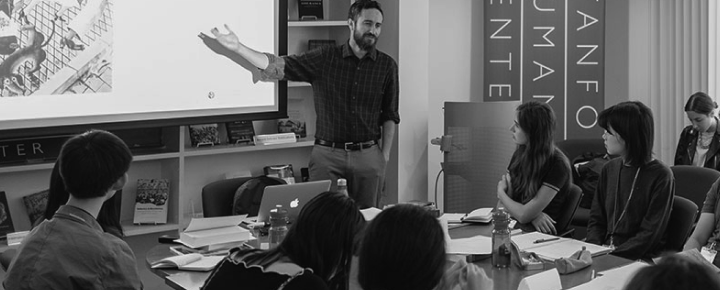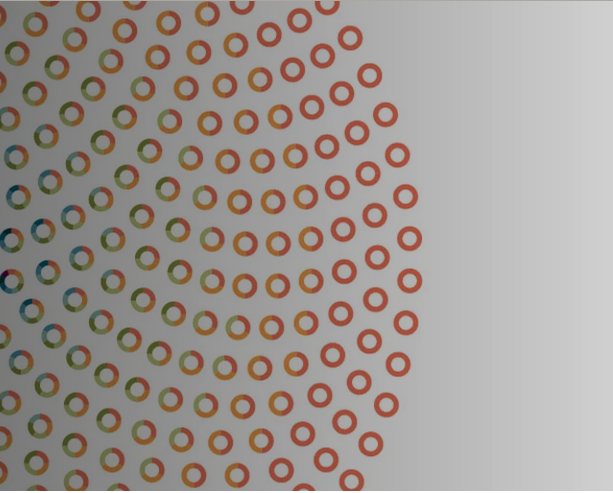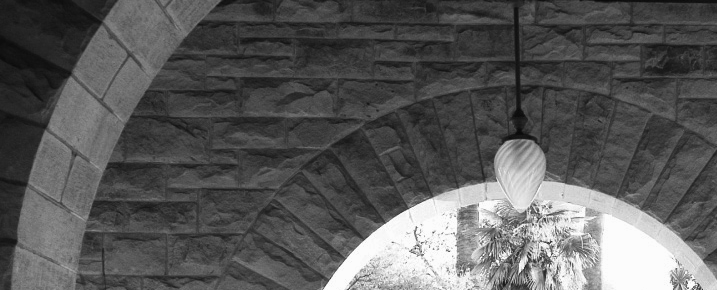Reported speech in the heroic couplet
While Beckett once advised another writer to stop "blazing away at the microcosmic moon," it's sometimes an irresisitible temptation to try to "flush the coverts of the microglot," as J.L. Austin put it (in "A Plea for Excuses"). And why resist it?



